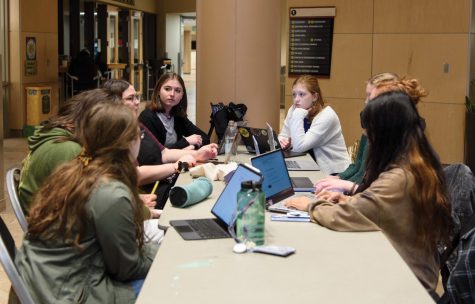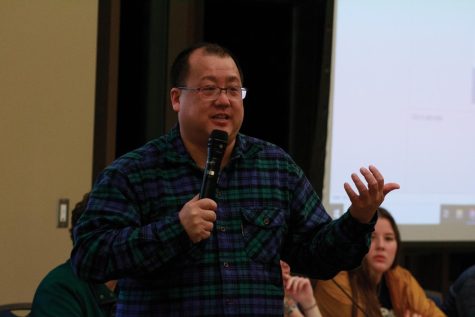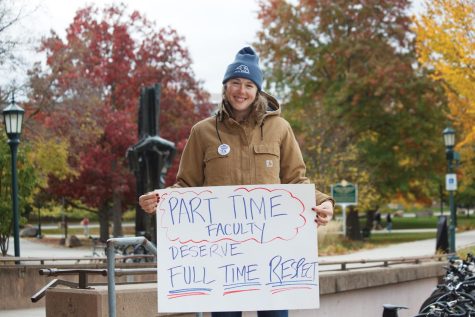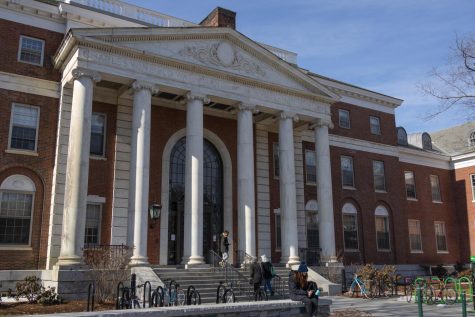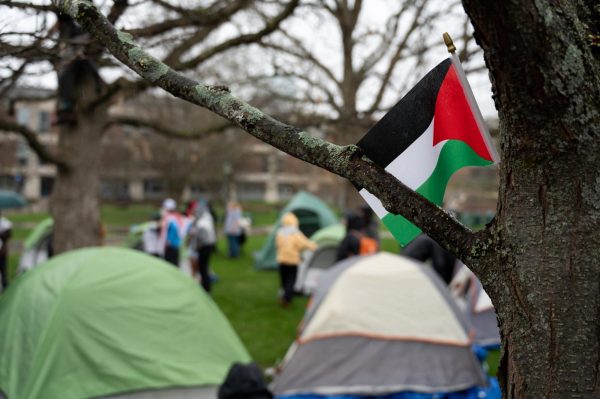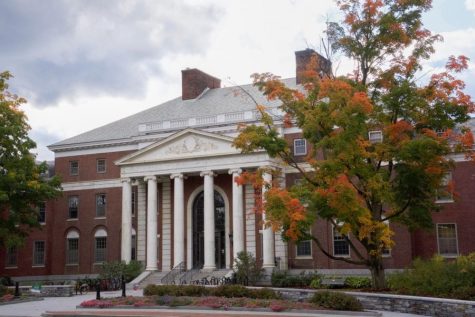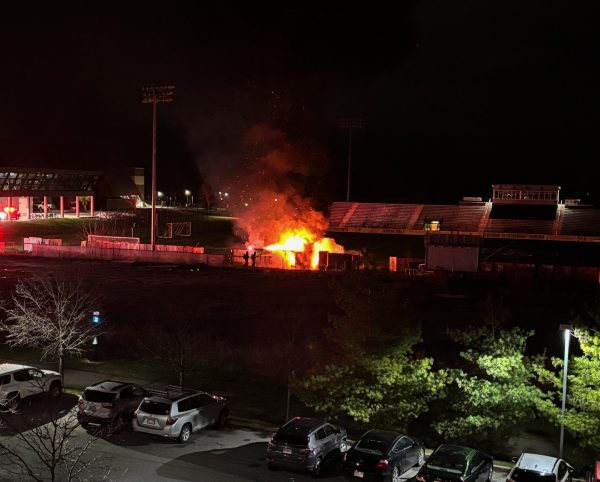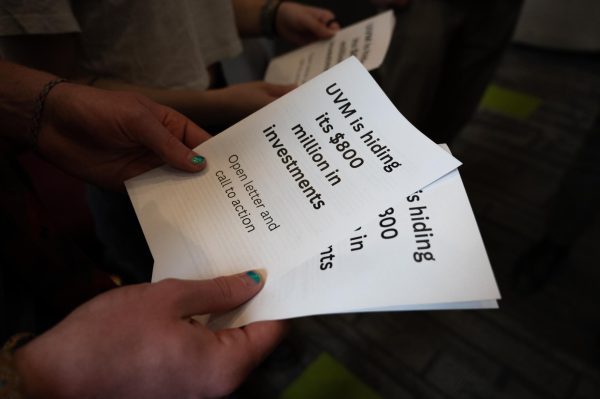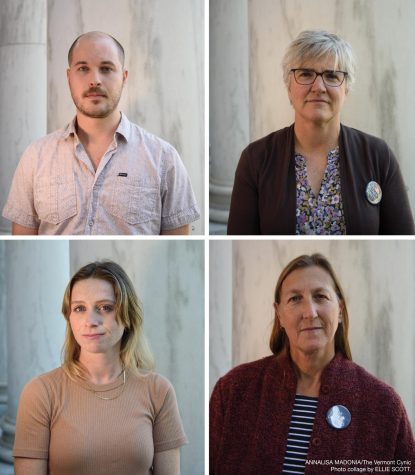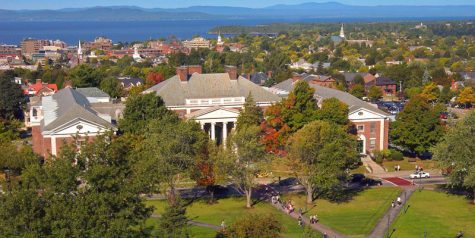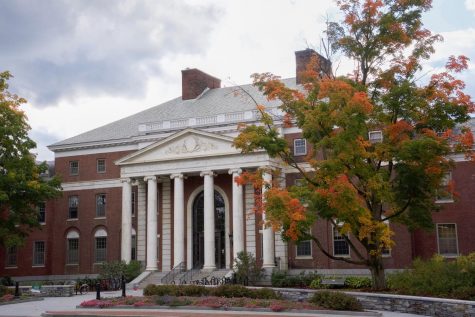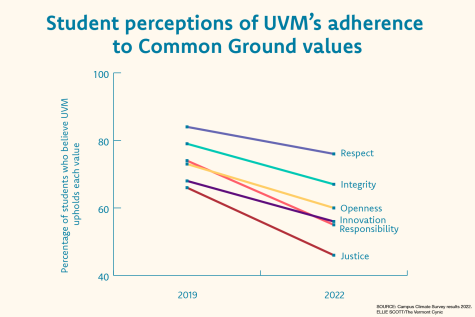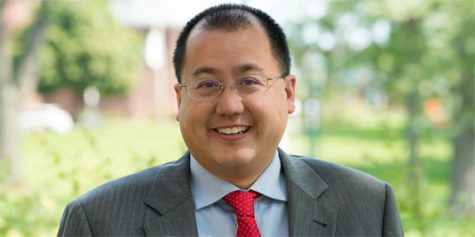School welcomes Mosaic Center to campus
For the third time in its existence, the ALANA Student Center has officially changed its name.
The African, Latino(a), Asian and Native American Student Center formally opened it’s doors to the community in an open house celebration Nov. 10, where it announced its name change to the Mosaic Center for Students of Color.
The MCSC held the event after relocating from the Blundell House on Redstone campus to Building E in the Living/Learning Center in September.
MCSC director Beverly Colston said the name change has been in talks for fifteen years and the old name didn’t represent the community.
“A mosaic is an intricately designed art piece constructed from assembling small, gemlike, colorful pieces of glass, stone, beads or other materials,” she said. “While each piece retains its individual nature it also becomes part of a larger and beautiful whole.”
MCSC was originally known as Black and Third World Educators from 1973 to 1996, according to their website.
“[MCSC] expresses the desire [of] multiple stakeholders, students, staff and faculty to clearly state whom we serve and also to connect to an artistic expression that symbolizes the sum of all of our parts,” Colston stated in a Nov. 11 email to the community.
The term “mosaic” better represents the community, she stated.
People of all backgrounds and ethnicities crowded in the halls of L/L building E to listen to University President Tom Sullivan, who gave an opening speech for the event.
Speakers told stories of finding a home at MCSC.
“[The open house] is our way of welcoming the community and introducing our space to the rest of the campus community,” MCSC Leadership Coordinator Lam Phan said.
Phan works with student clubs such at the Black Student Union and ALANA Gear. The new centrally located space is more accessible to students, he said.
“We use to be on Redstone,” Phan said, “which is further away and inaccessible to too many people.”
Students at the opening spoke of the benefits MCSC gives to the community.
“I feel like a lot of people feel like they have to act a certain way cause all of a sudden they are representing themselves, their race, their culture, their heritage.” first-year Stanhope Nwoso said. “Here you’re not necessarily focusing on that; you can be more relaxed [and] everyone else understands the stress,” he said.
Nwosu said students can come and talk about what’s troubling them.
“We also just try to talk around joke around socialize,” he said. “Everyone feels safe no one feels judged.”
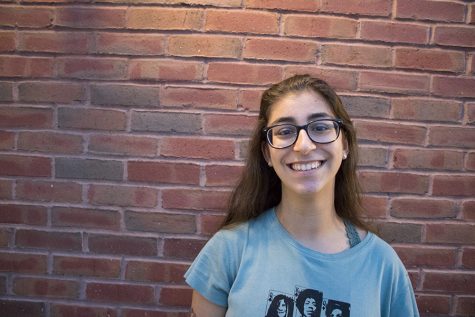
Chloe Chaobal is the podcast editor of the Vermont Cynic. She joined the Cynic as a news writer in her first semester of UVM. She also created “Cat Chat”,...


